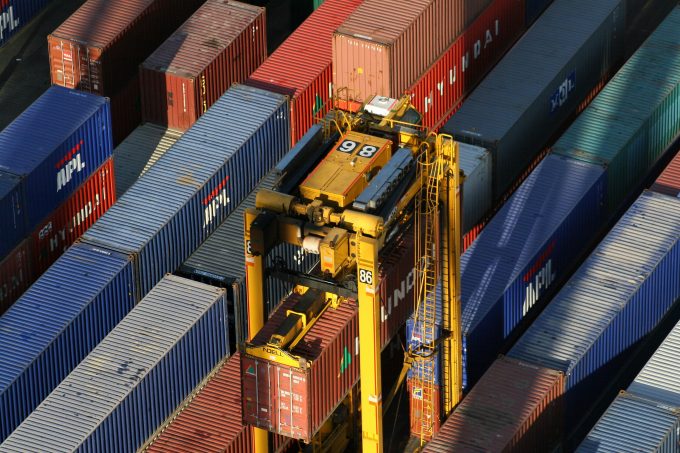Transpac GRIs fail to prop up under-pressure container spot freight rates
It was a relatively flat week for pricing on the major deepsea box shipping trades, ...

Continued discipline over capacity management by container lines managed to keep freight rates from tumbling this week as increased levels of factory production in China began to be offset by coronavirus crisis that has gripped Europe and North America.
Last week’s double-digit gain on ...

Comment on this article